#architectural art
Text
For #MosaicMonday + #NationalMothWeek:
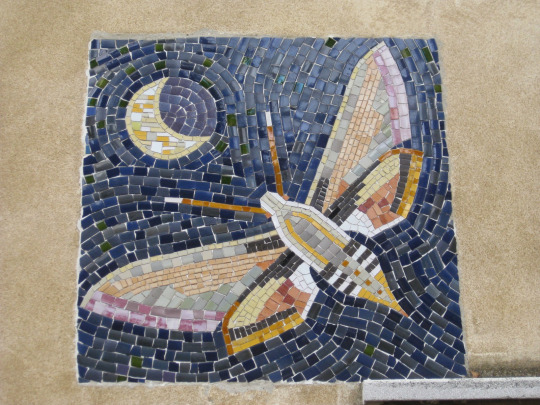

House mosaics with nocturnal moth designs, 1230 Canavesegasse 6-8 Stg 5 & 6, Vienna, Austria. c. 1950.
#animals in art#mosaic#moth#Lepiodoptera in art#modern art#1950s#20th century art#architectural art#street art#European art#Austrian art#Mosaic Monday#National Moth Week#animal holiday
345 notes
·
View notes
Text

David Roberts (Scottish, 1796-1864)
The Departure of the Israelites, 1829
Birmingham Museums Trust
#david roberts#scottish art#israelites#the departure of the israelites#1800s#art#fine art#european art#classical art#europe#european#fine arts#oil painting#europa#scotland#scottish#architectural art#historical art#classic art#painting#artwork
64 notes
·
View notes
Text
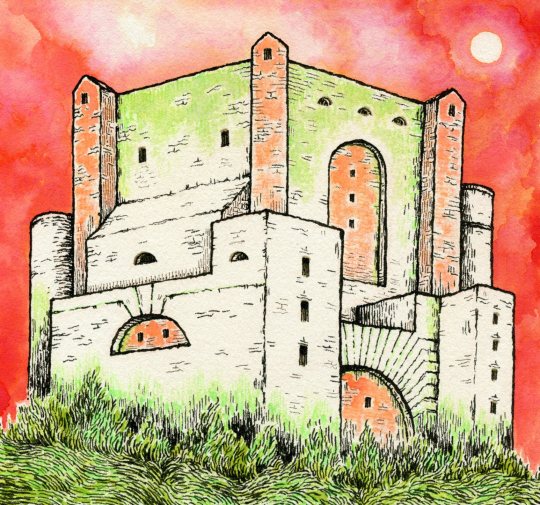
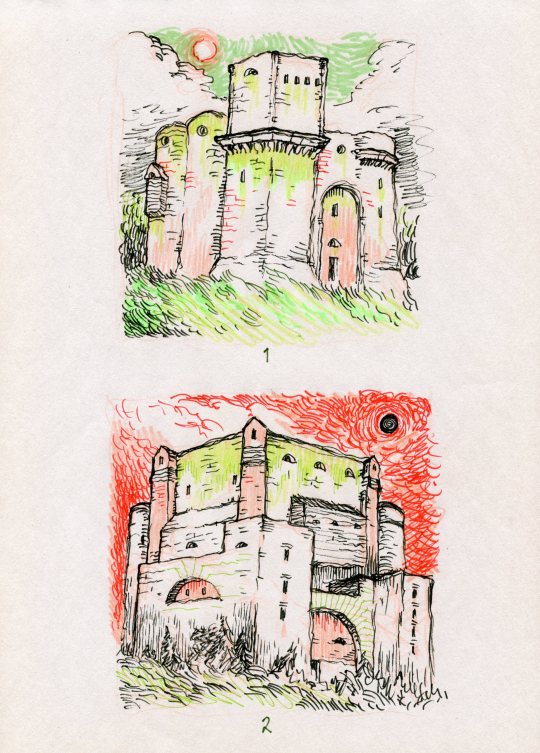



Here's a little commission I did for someone last year for a card deck they're designing. The request was simply for an illustration of a castle. So, I sketched eight possibilities, and then chose one. Each of these is a very small drawing, which I did on purpose to make sure that the image would be legible, but still interesting, after converted to the card. Which of the original eight do you like most?
13 notes
·
View notes
Text

((I'm building Cecil's house/workshop! Character art is nice and all, but isometric buildings are what I have the most fun with. Now all I gotta do is color it in and put some background in there.
This was made in Adobe Illustrator and is thus a vector art piece. Here's the wireframe:
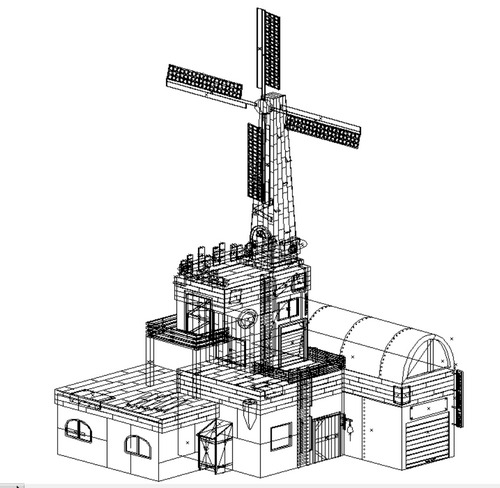
This took me about 3 weeks and I'm super proud of it so far!))
14 notes
·
View notes
Text
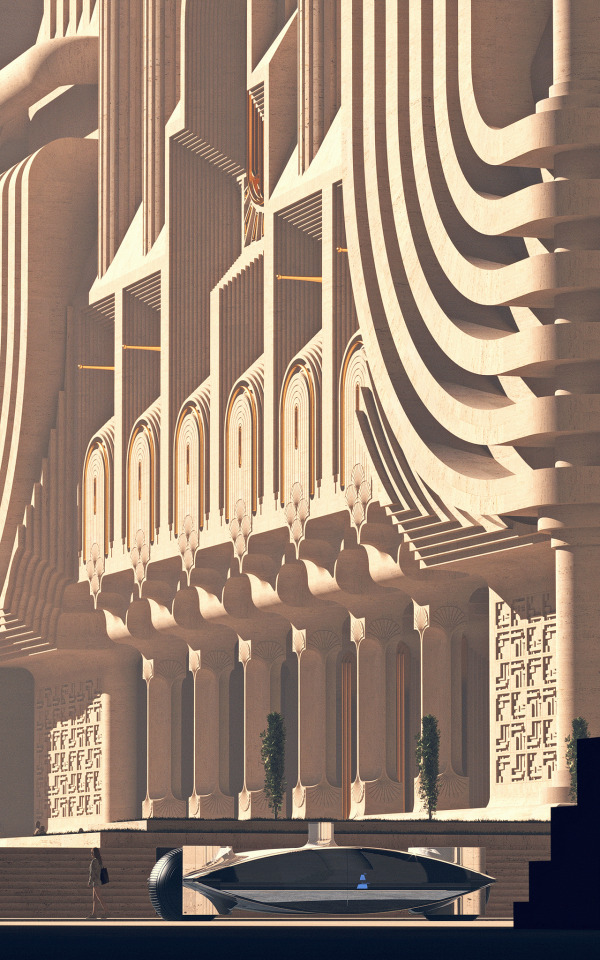
'Metropolis', by Zana Bamarni. In colour, as if in morning light.
2 notes
·
View notes
Text
FDR the Art Collector
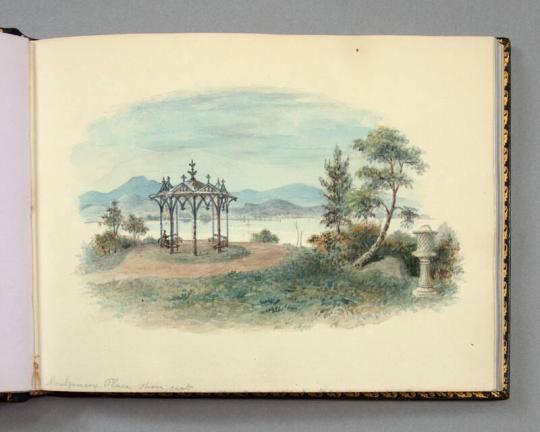
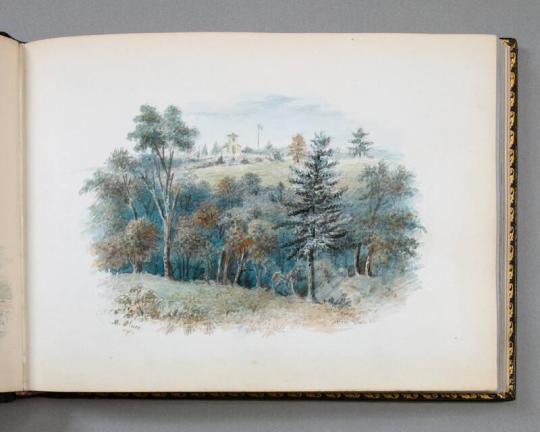

This undated sketchbook contains watercolors and pencil drawings by Alexander Jackson Davis (1803-1892), one of the most prominent American architects of the nineteenth century.
Davis began his career in New York illustrating various buildings in the northeastern United States. In 1829, he started his first architectural firm, Town & Davis, with partner Ithiel Town, and then later opened his own firm. As one of the most prolific American architects of the nineteenth century, Davis designed buildings all over the US, including government buildings, commercial buildings, churches, and private homes. He favored Gothic Revival, Greek Revival, and Italianate styles. He also designed interior elements and even furniture.
Franklin D. Roosevelt purchased the sketchbook in February 1942—two months after Pearl Harbor and amid some of the darkest weeks of World War II.
This acquisition illustrates two important things about Franklin Roosevelt. He had an extraordinary ability to compartmentalize his life—using hobbies and personal interests to help himself manage the many stresses of the presidency. And he had an abiding love of and interest in the history, landscape, and culture of the Hudson River Valley.
Shortly after purchasing the Davis sketchbook, FDR shipped it to his distant cousin, Margaret “Daisy” Suckley, an archivist at the Roosevelt Library, to be added to his collection of Hudson River Valley art and artifacts. “I bought this several days ago,” he wrote Suckley, “and it should go to the Dutchess County collection as a loan. Some of the watercolors are really lovely.”
See more sketches by Davis on our Digital Artifact Collection: https://fdr.artifacts.archives.gov/objects/1944
Join us throughout 2023 as we present #FDRtheCollector, featuring artifacts personally collected, purchased, or retained by Franklin Roosevelt, all from our Digital Artifact Collection.
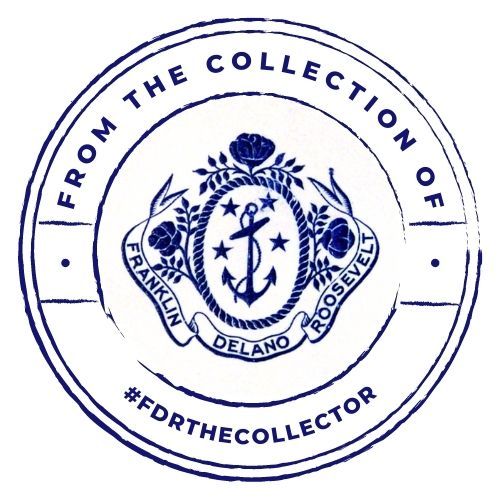
#fdr the collector#Alexander Jackson Davis#fdr#franklin d. roosevelt#hudson valley art#architectural art#museum from home#artifact collector
9 notes
·
View notes
Text
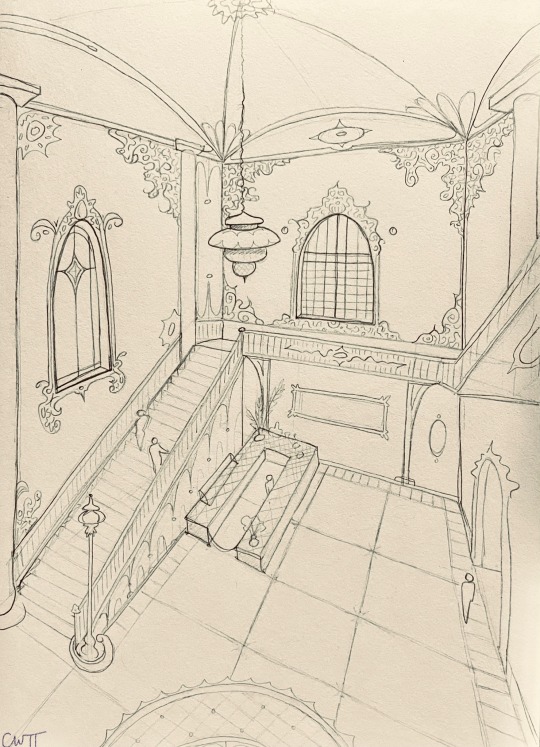
work in progress :)!
#first time trying smth detailed in 2pt perspective and I think it’s going nicely!#aesthetic#art#artwork#artists on tumblr#sketch#sketching#sketchbook#pencil sketch#pencil drawing#drawing#architectural sketch#architectural drawing#architectural art#architecture#illustration#mood#dark academia#dark academia art#dark academia aesthetic#castle#interior#ok that’s enough tags lmao#just don’t wanna put this stuff on my main to reach ppl
13 notes
·
View notes
Text
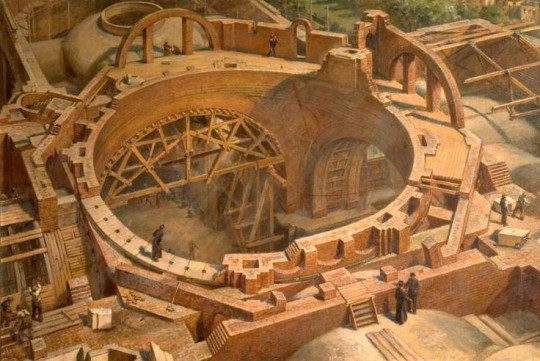
'Cupola aedificata (Brompton Oratory Under Construction)'. Bernard Finnigan Gribble. 1872–1962.
28 notes
·
View notes
Photo

It's spring, with summer approaching, so I'm hitting up my local ice cream shops. I'm going to be sketching them. Partly because I don't do enough building sketches.
Anyway, first sketch in this series. Only partly satisfied cause...drawing confidence is very low these days.
It’s rough, but I need to get used to doing imperfect speed-drawings that don’t involve me stressing over every single detail.
#ice cream#queer artist#trans artist#queer art#trans art#summer art#architectural sketching#architectural art#architectural drawing
38 notes
·
View notes
Text

Ditlev Martens (July 26, 1795 - 1864) was a German-born Danish painter who studied at the Academy in Copenhagen under Eckersberg and received a Royal Stipend from the Danish King. He spent time in Rome with Thorvaldsen and later settled in Hamburg. When his studio there burned down he relocated to Copenhagen.
Martens was chiefly an architecture painter and the accuracy of his works has helped reconstructing and restoring several historical buildings in Denmark.
Above: Det indre af Roskilde Domkirke, 1824 - oil on canvas (SMK)
#art#danish painter#ditlev martens#danish royal academy of fine arts#smk#smkmuseum#statens museum for kunst#oil on canvas#architectural art#roskilde cathedral#c.w. eckersberg#bertel thorvaldsen#german born artist#1820s
4 notes
·
View notes
Text
#MosaicMonday: Two animal-themed mosaics by Franz Molt (Austrian, 1910-1990) on building facades in Vienna:
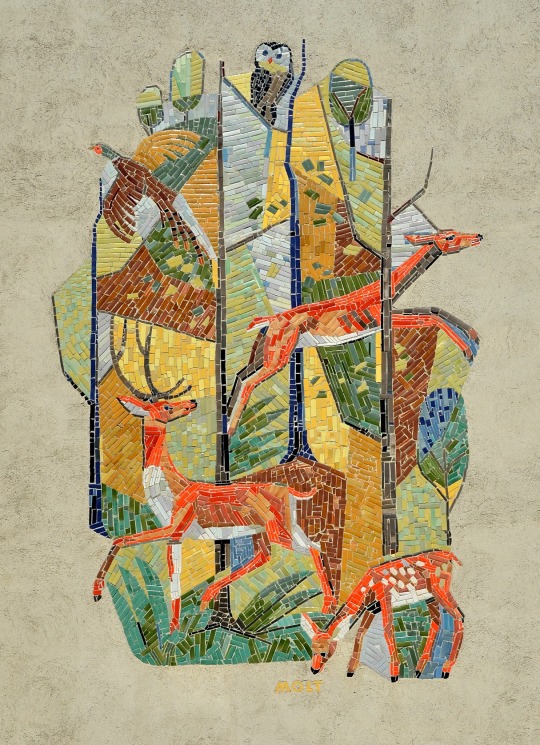
1. Pernerstorfergasse 10
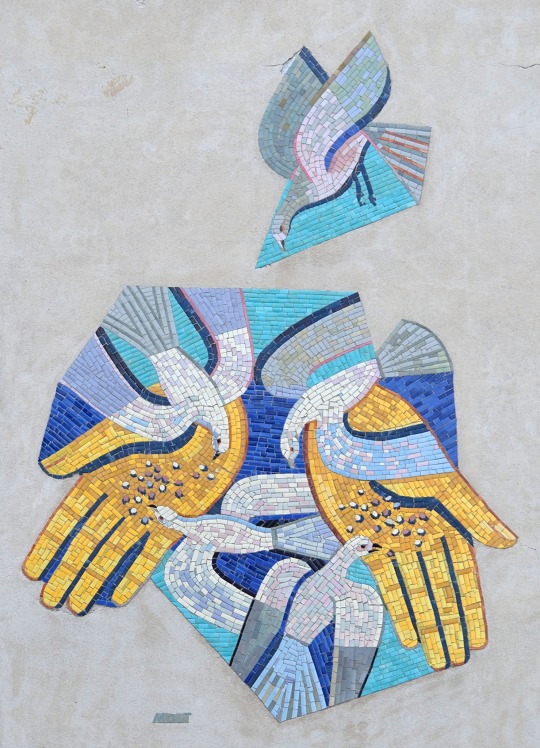
2. Bendlgasse 25
#animals in art#birds in art#mosaic#Mosaic Monday#20th century art#architectural art#street art#modern art#austrian art#European art#Franz Molt
69 notes
·
View notes
Photo

The Grim Towers Of Lovecraftian World: Minimalist Architectural Art By James Lipnickas
James Lipnickas is an artist from New Haven, Connecticut. And his coolest series of works are these sci-fi futuristic towers of horror. Here, Lovecraftian tentacles are juxtaposed with meditating characters, and engineers experiment on themselves, space, and the technobots. Each of these towers is like a separate closed world (which does not prevent them from being part of the general universe).


5 notes
·
View notes
Photo
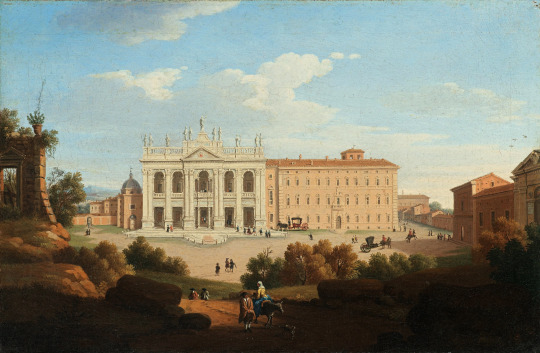
Giacomo van Lint (Italian, 1723-1790)
Lateranbasilika Rom, c.1790
#Giacomo van Lint#italian art#european art#Lateranbasilika Rom#classical art#western civilization#italy#mediterranean#Architecture#architectural art#classical architecture
126 notes
·
View notes
Text


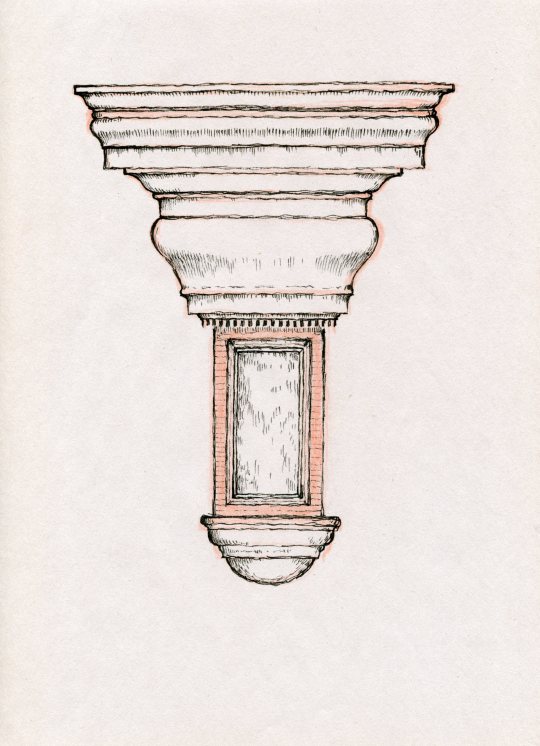

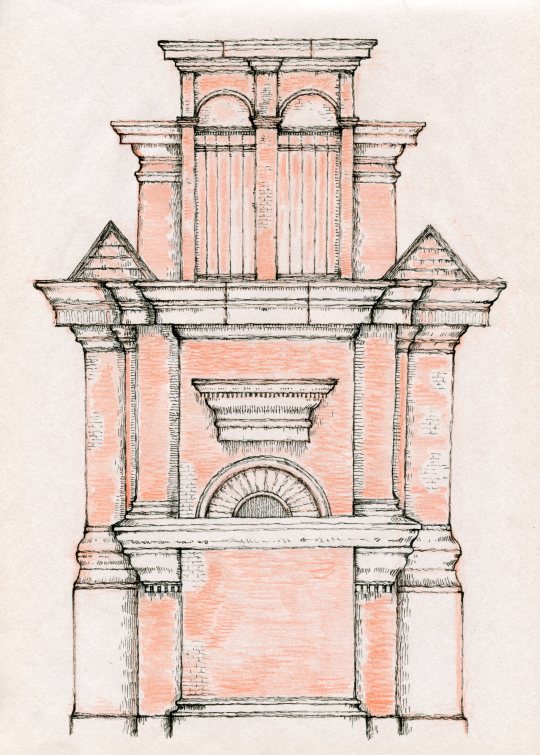
My most recent "finished" drawing, plus four sketches from this month. I think it's interesting to see classical elements appear in unlikely places. Simply by their situating they can appear odd; or, sometimes, their characteristics have also been distorted. For the finished piece, I heightened the scale and tenor of those appearances for a "mannerist", barn-like edifice, rippling with rustication, apertures, and other incisions recalling various classical devices. With pieces like these, I'm emphasizing the formal aspect of play in the purely visual coding of architecture -- a kind of play often under-emphasized or excluded in the literature on 20th- and 21st-century "rational" architecture, or in the architecture itself.
#architecture#architectural art#ink drawing#imaginary architecture#capriccio#barn#rural architecture#traditional architecture
17 notes
·
View notes
Text
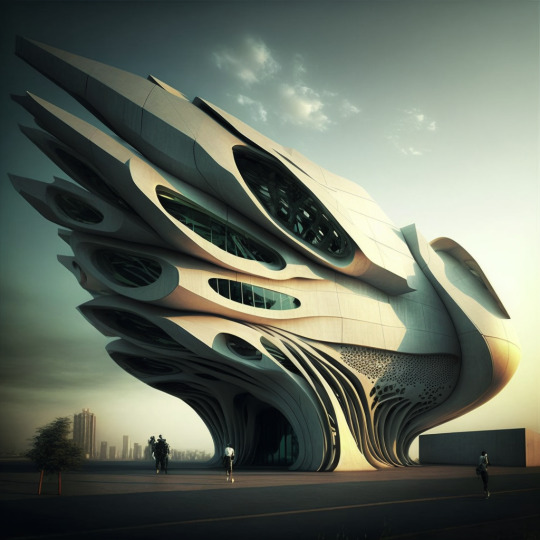

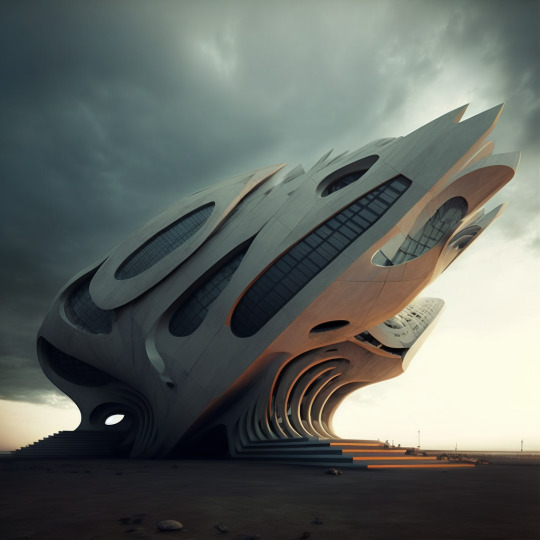

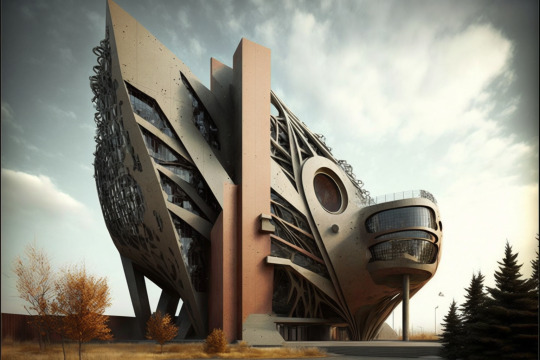

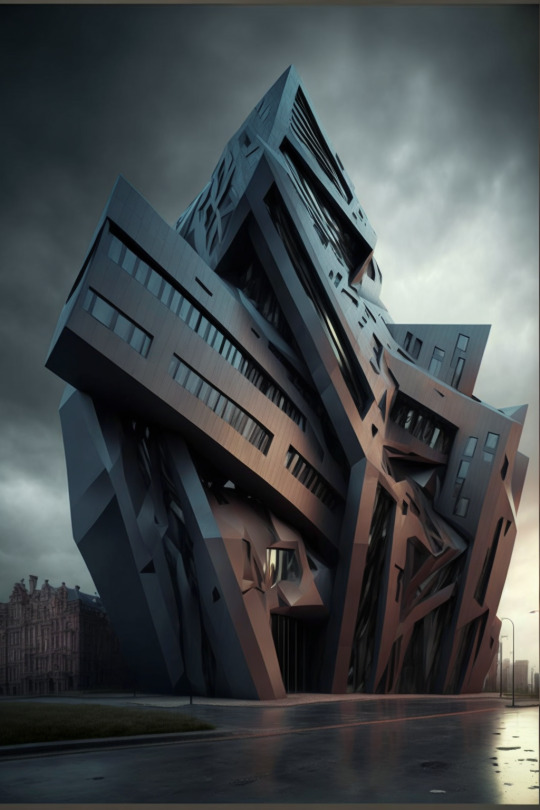

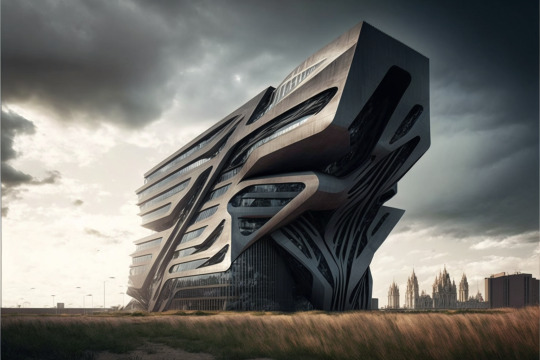
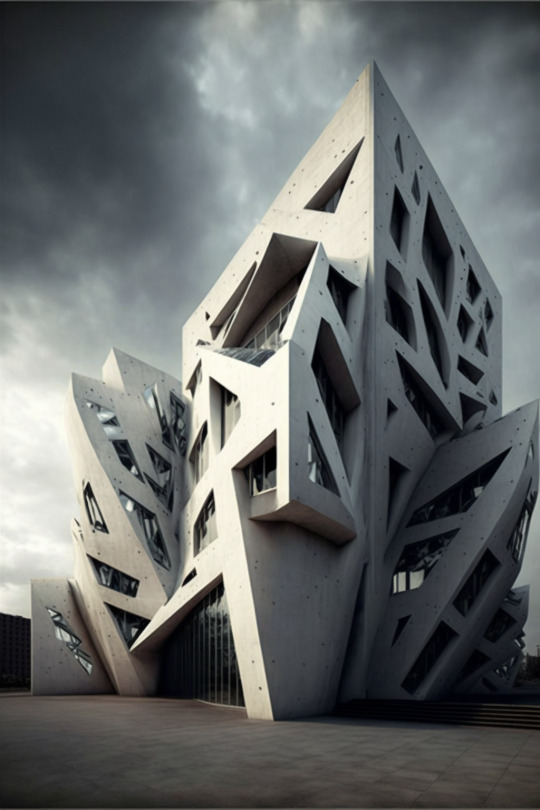
2 notes
·
View notes
Text
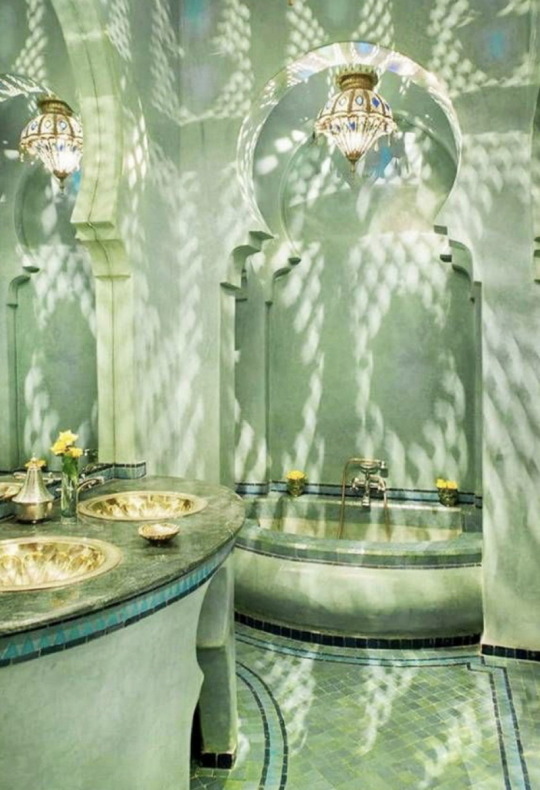
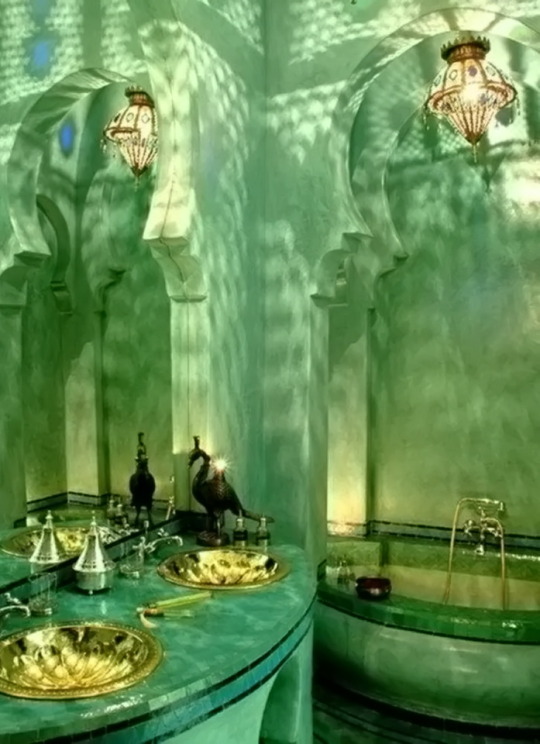
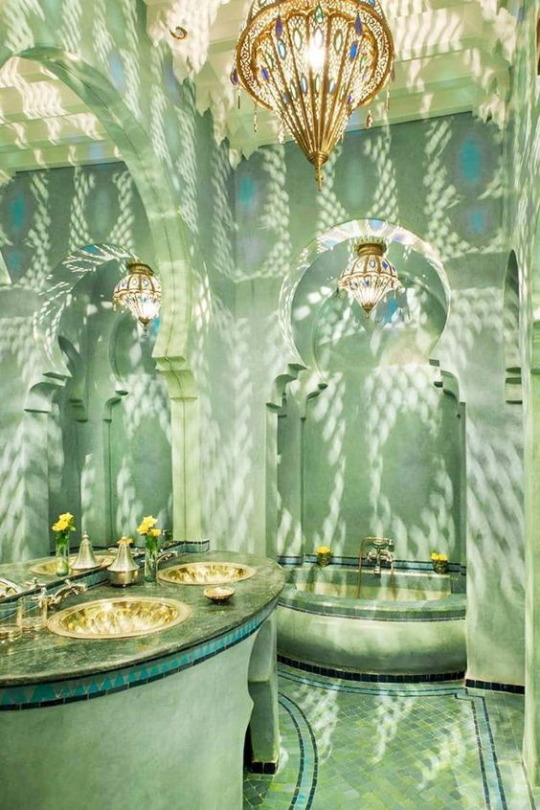
A bathroom at La Sultana, hotel in Marrakech (internet pics)
7 notes
·
View notes